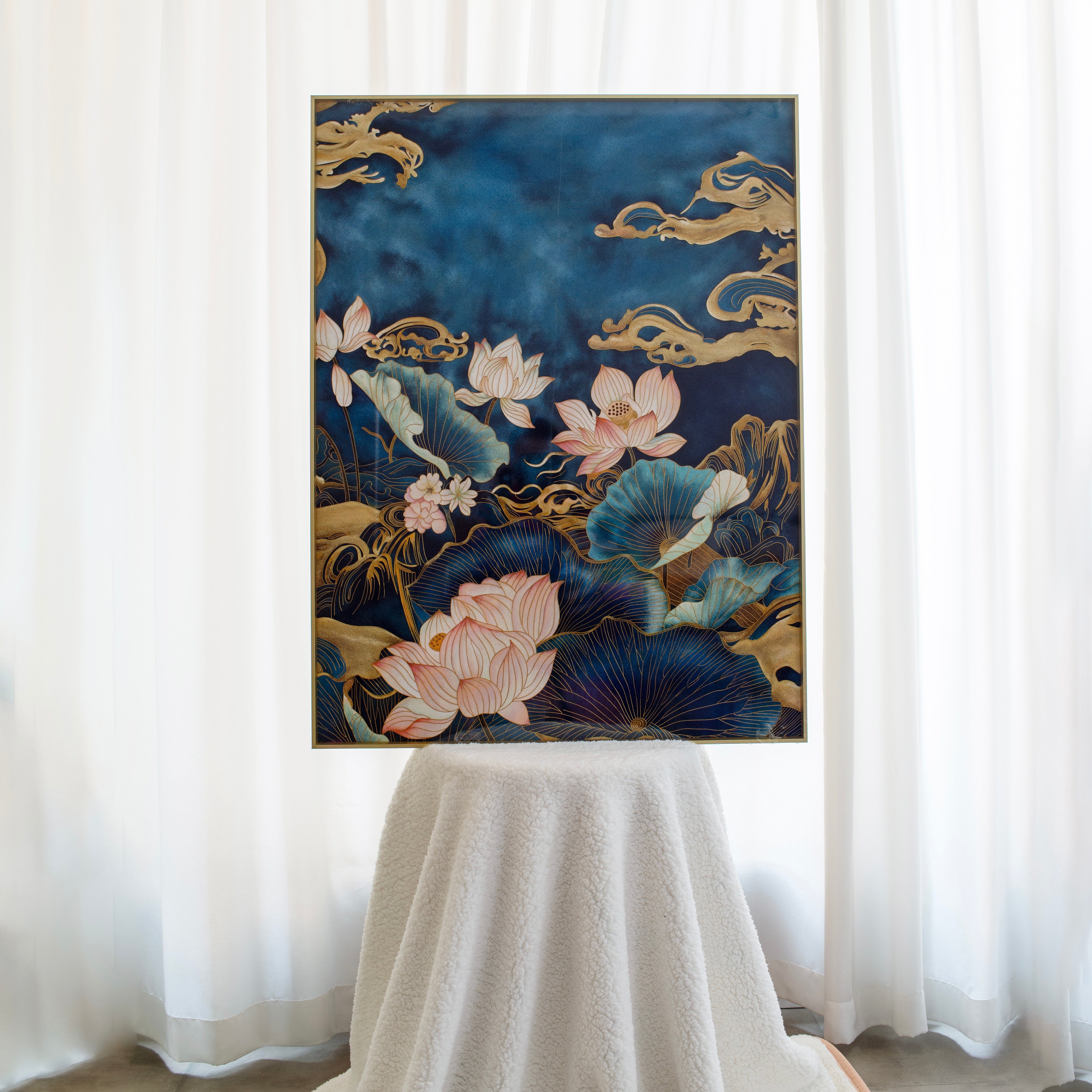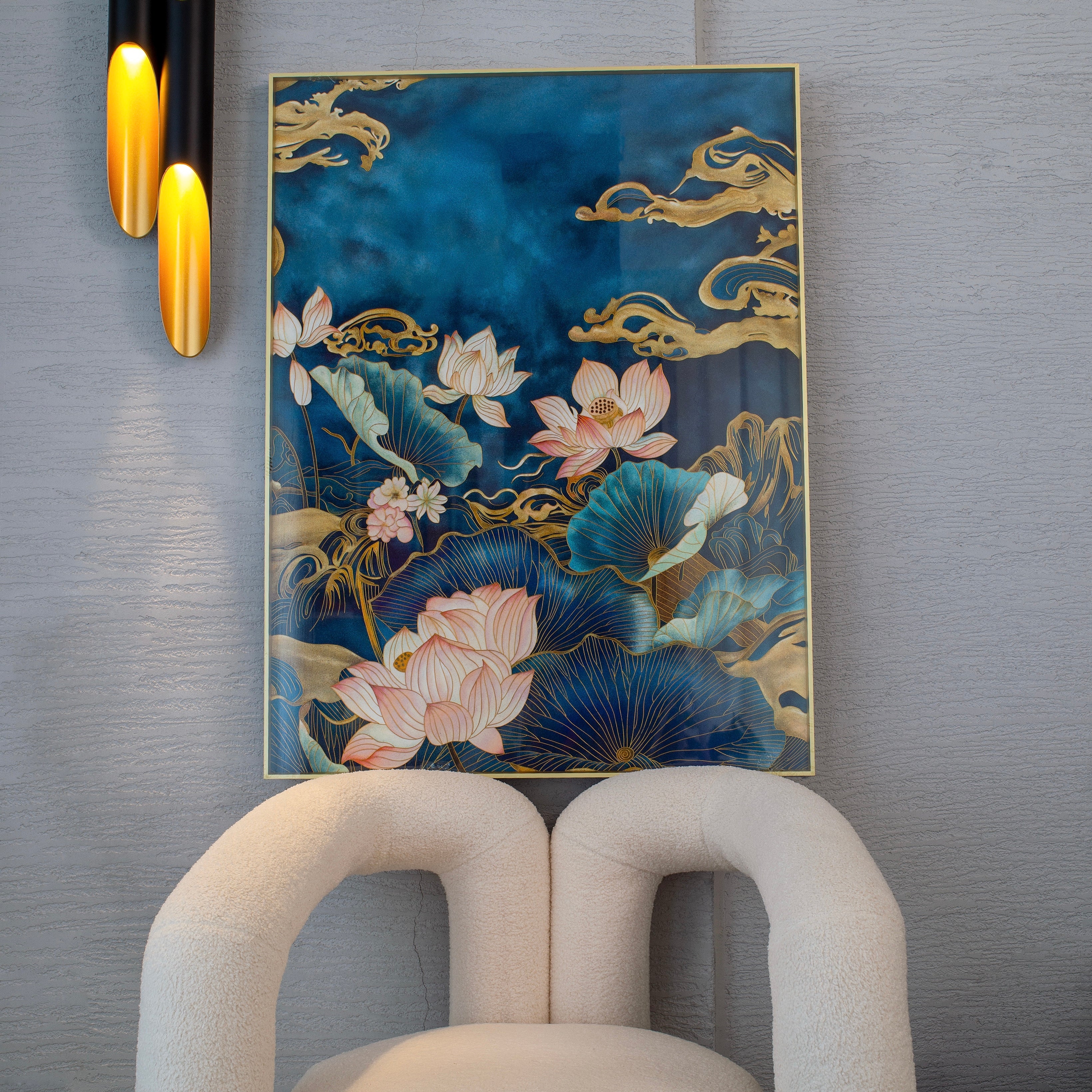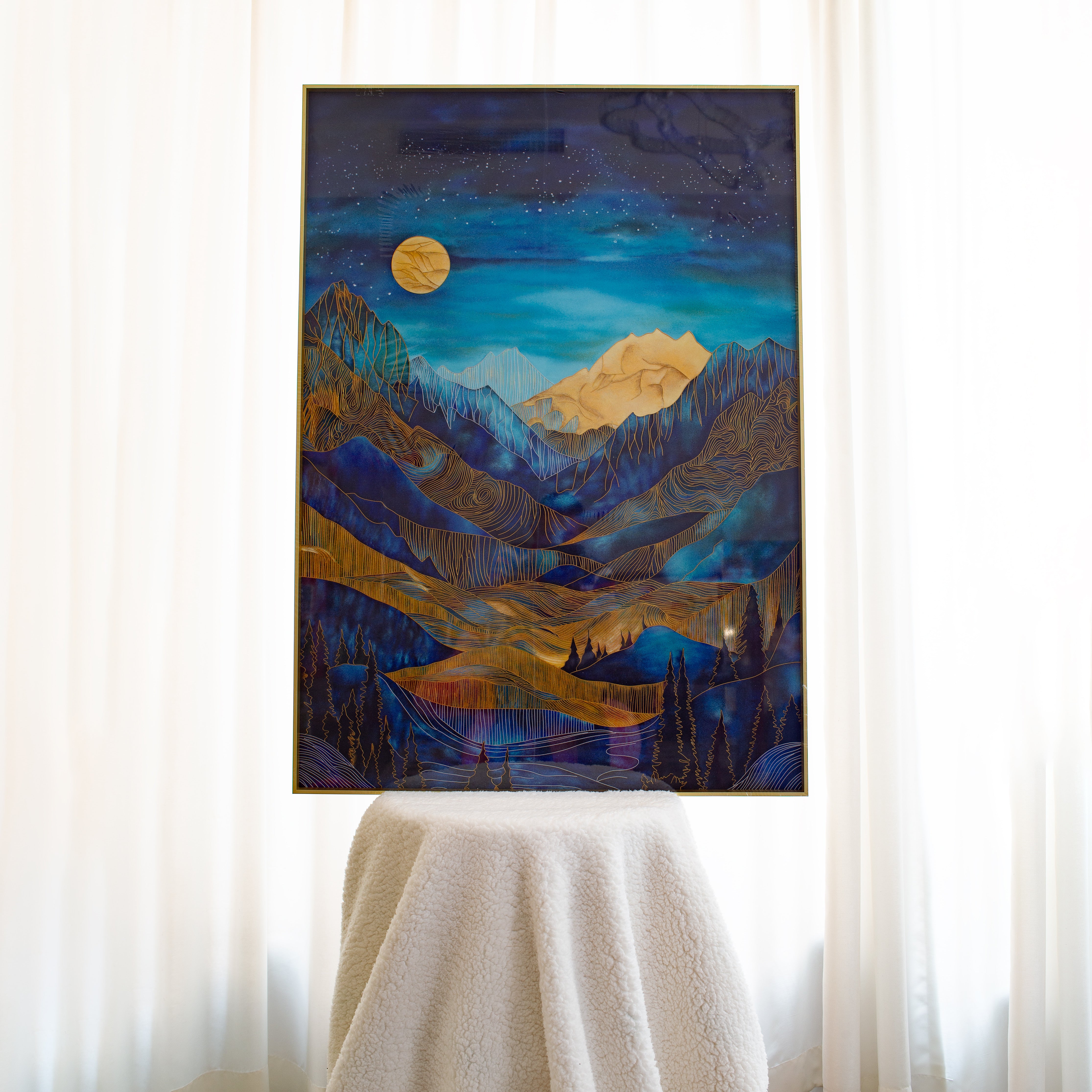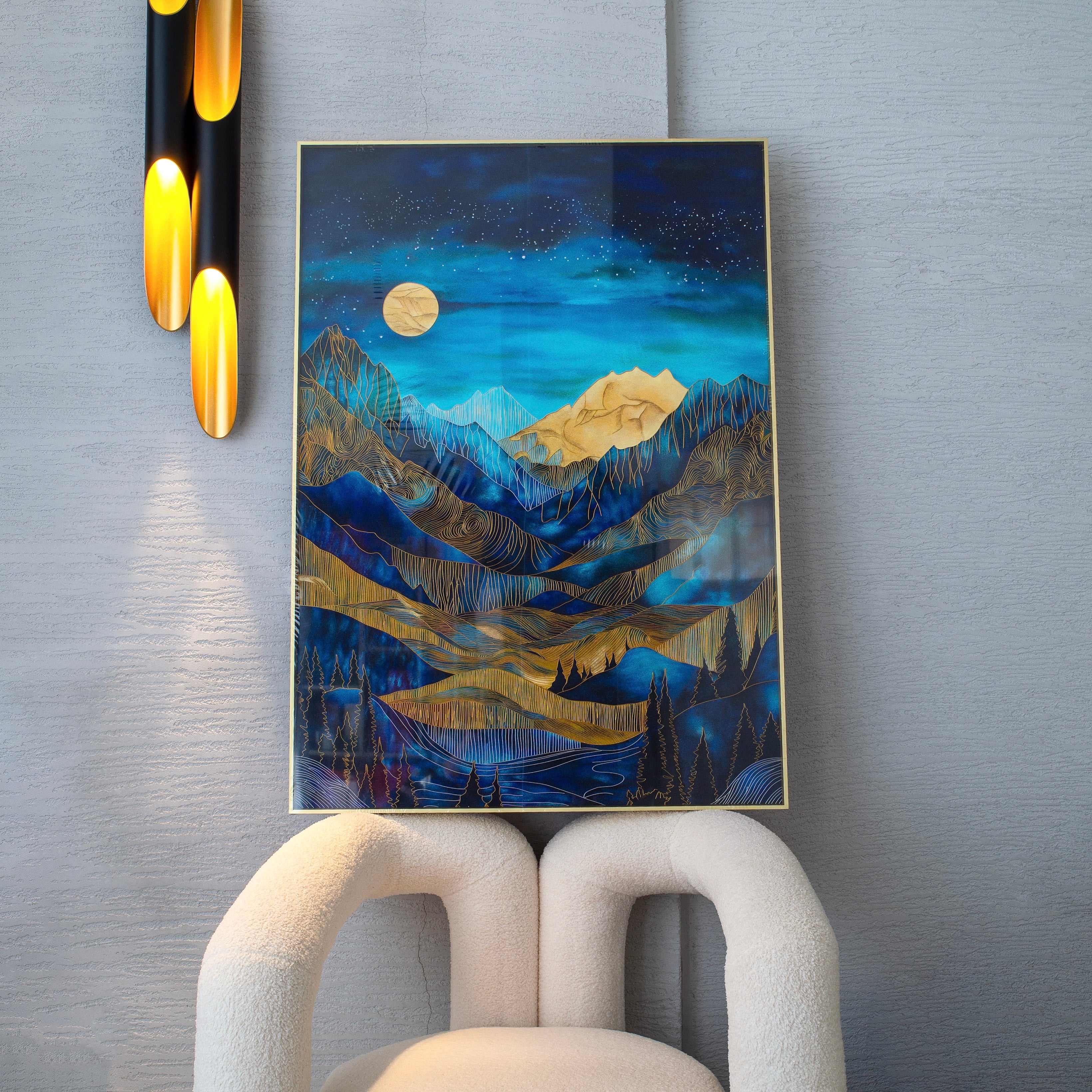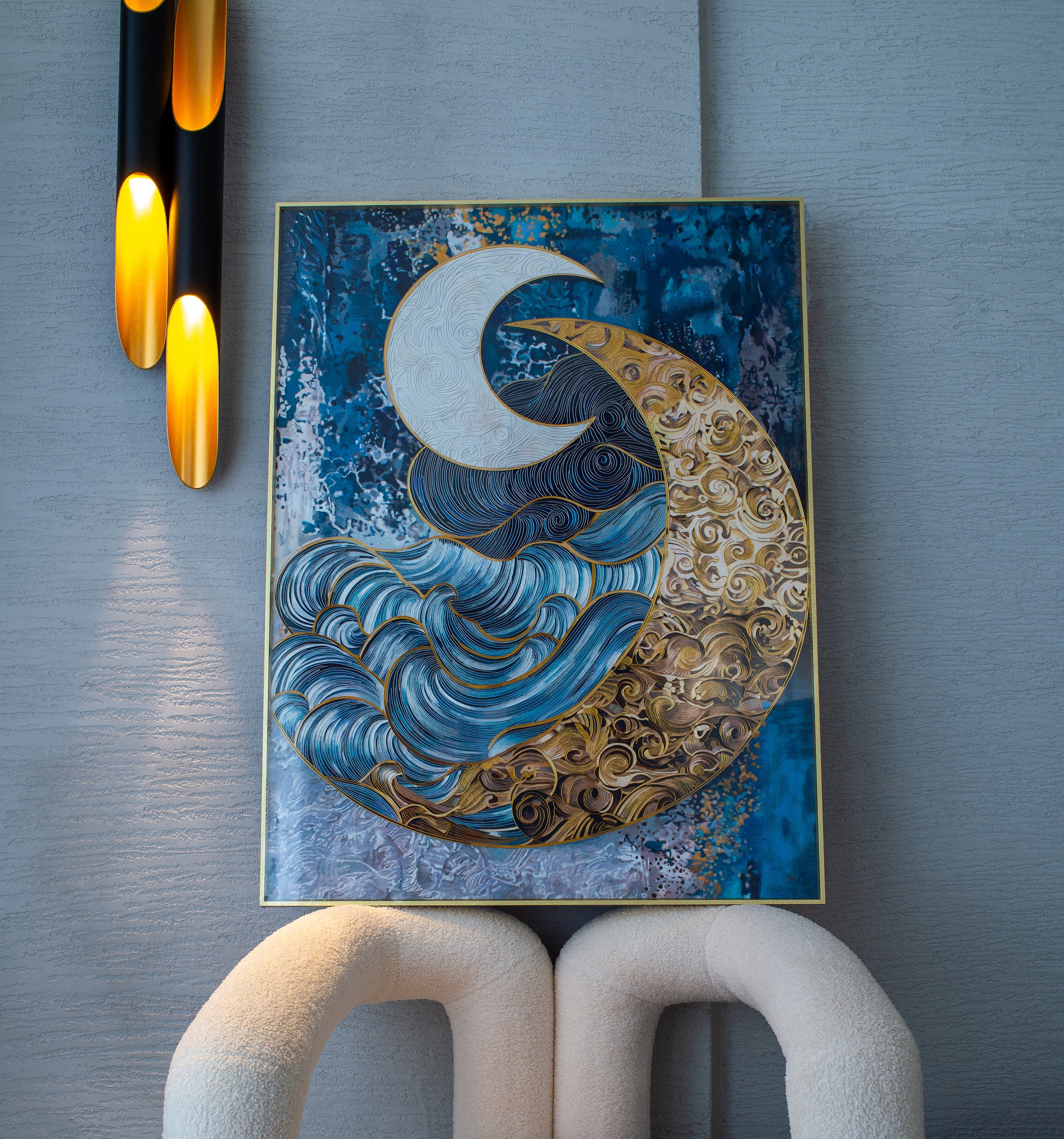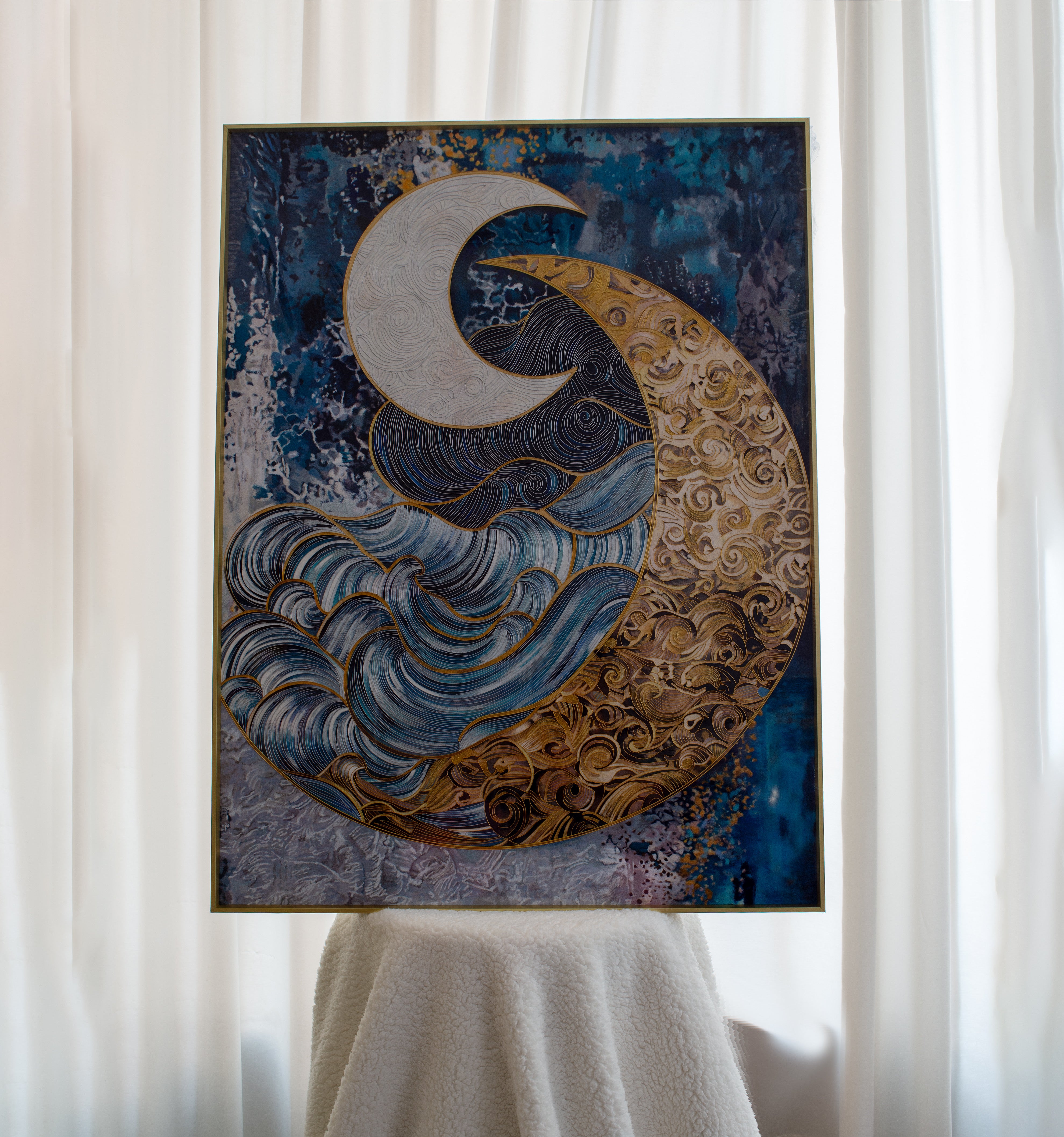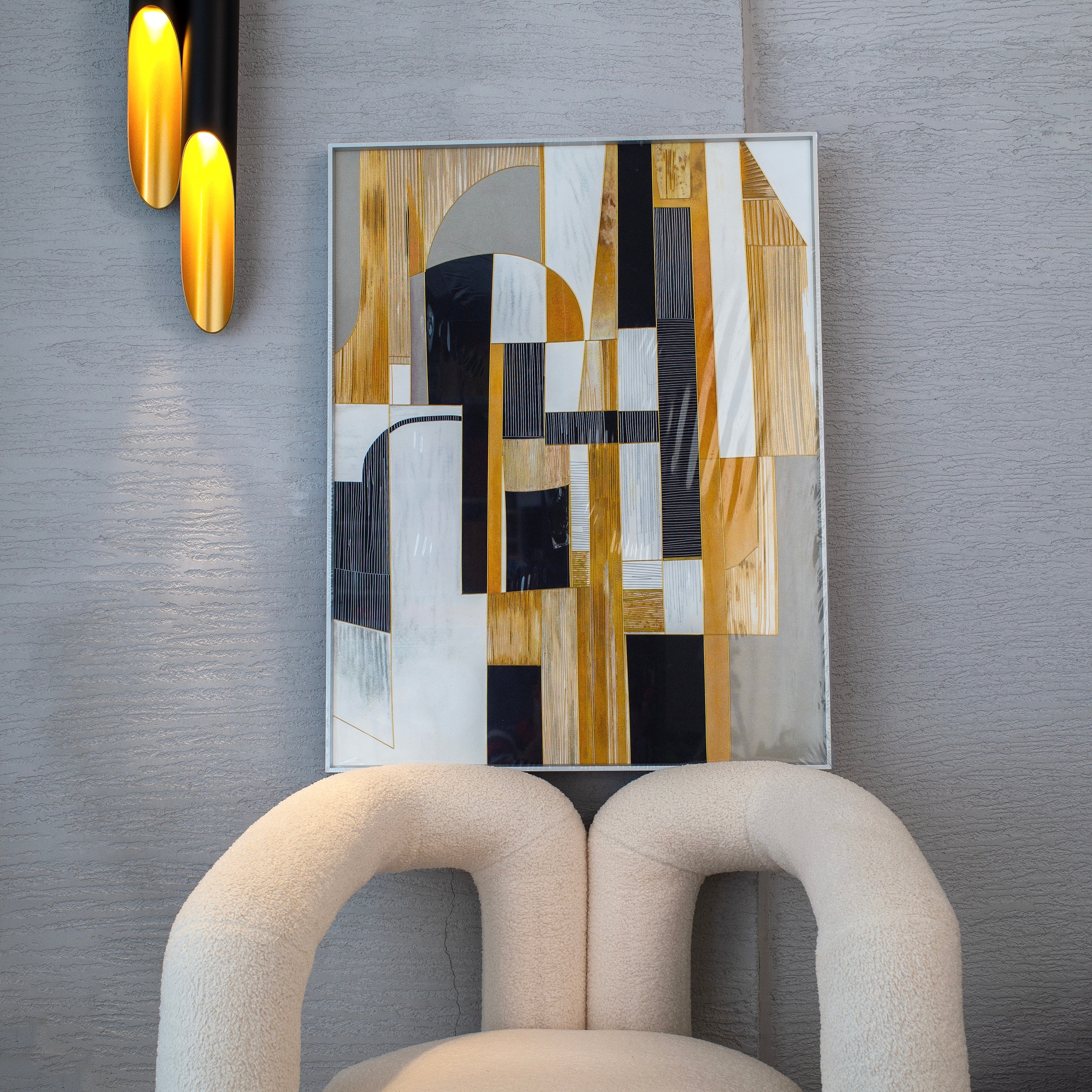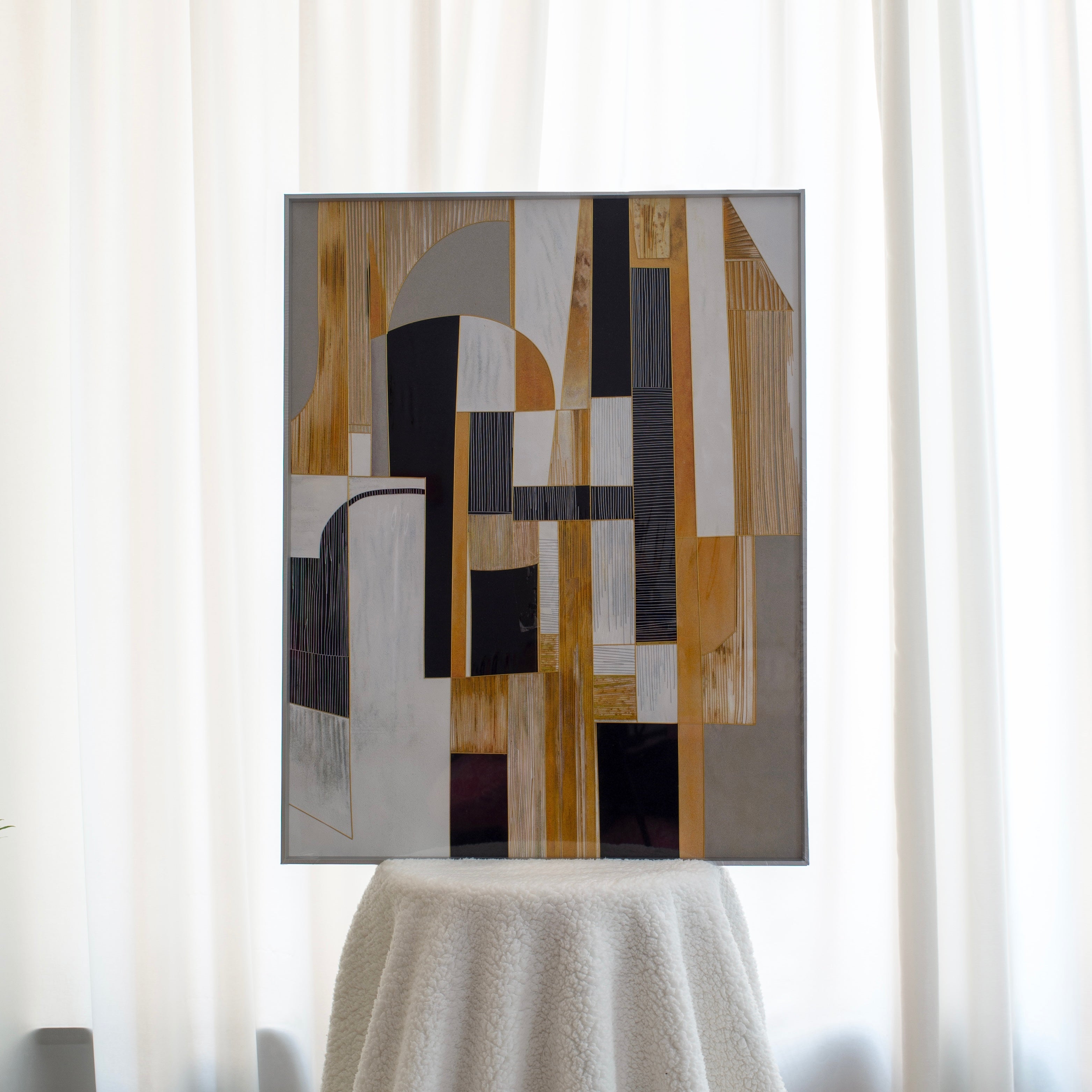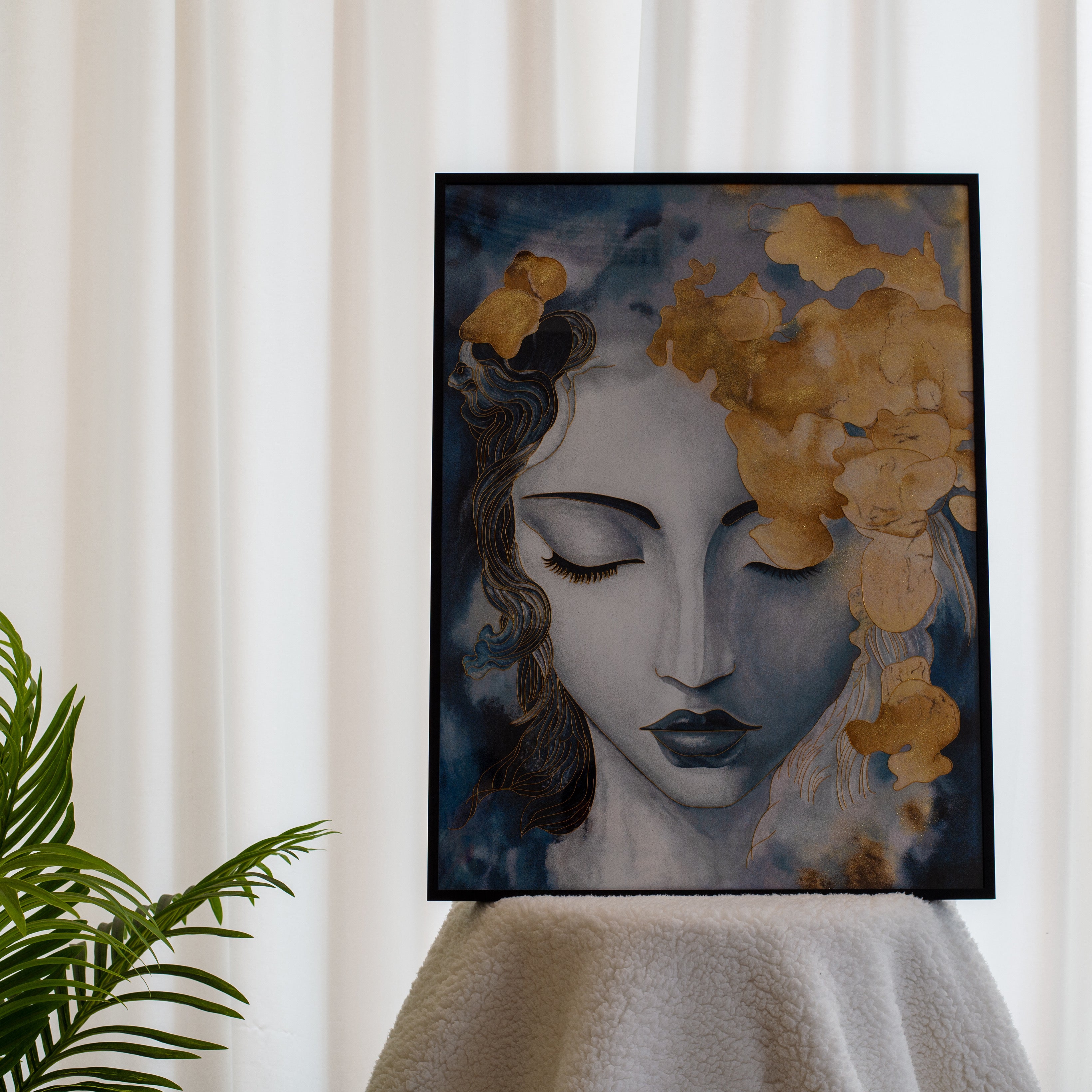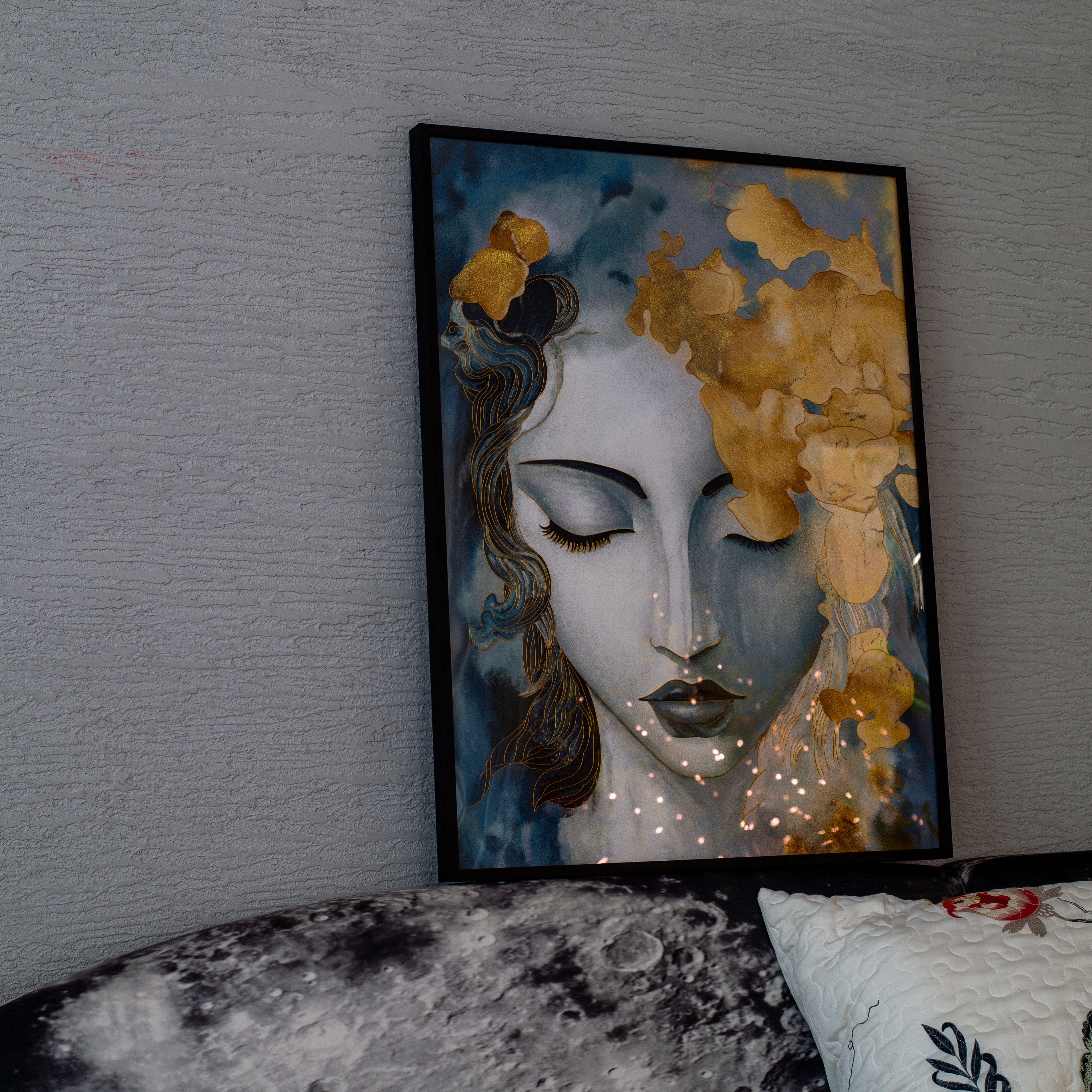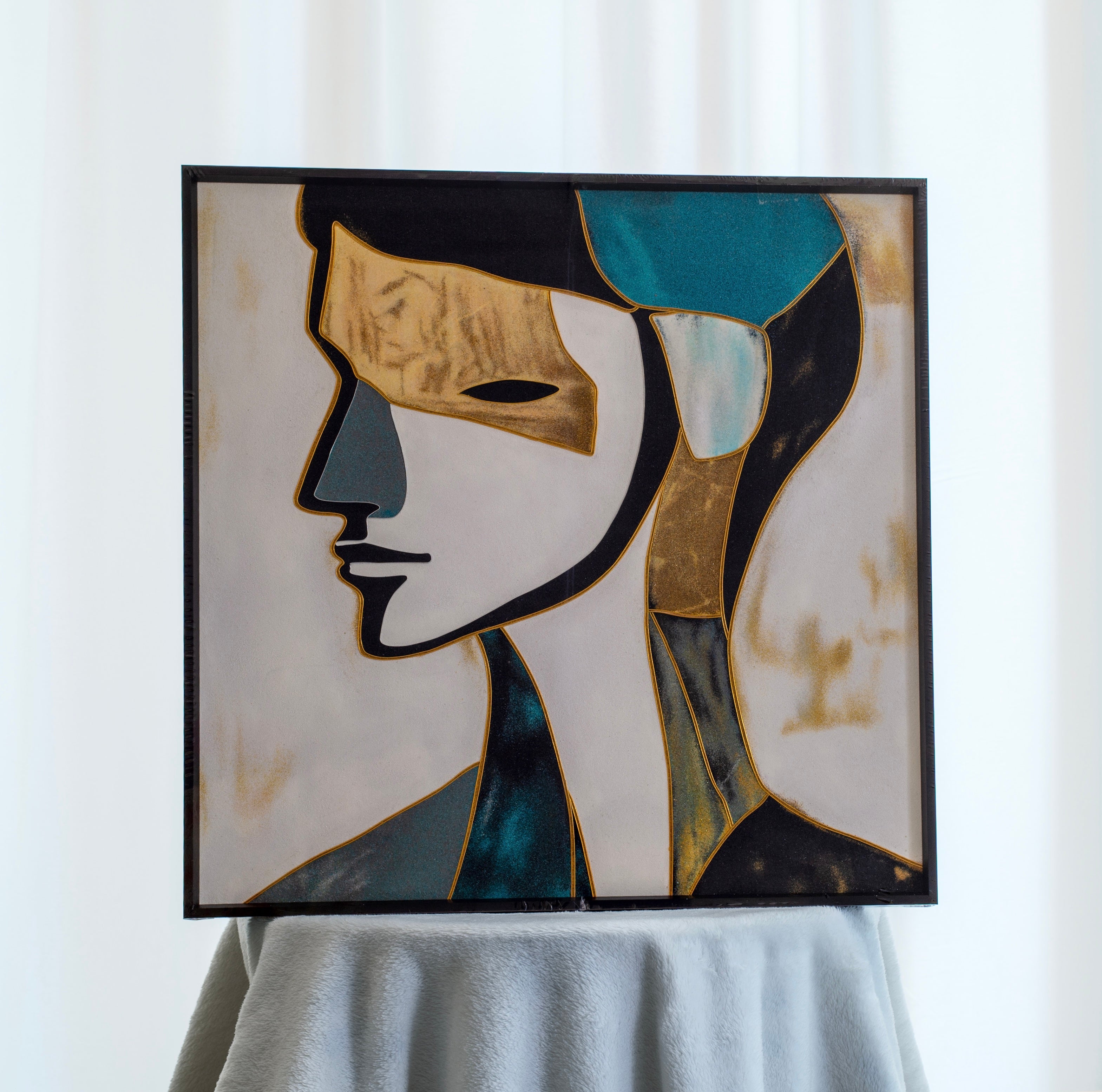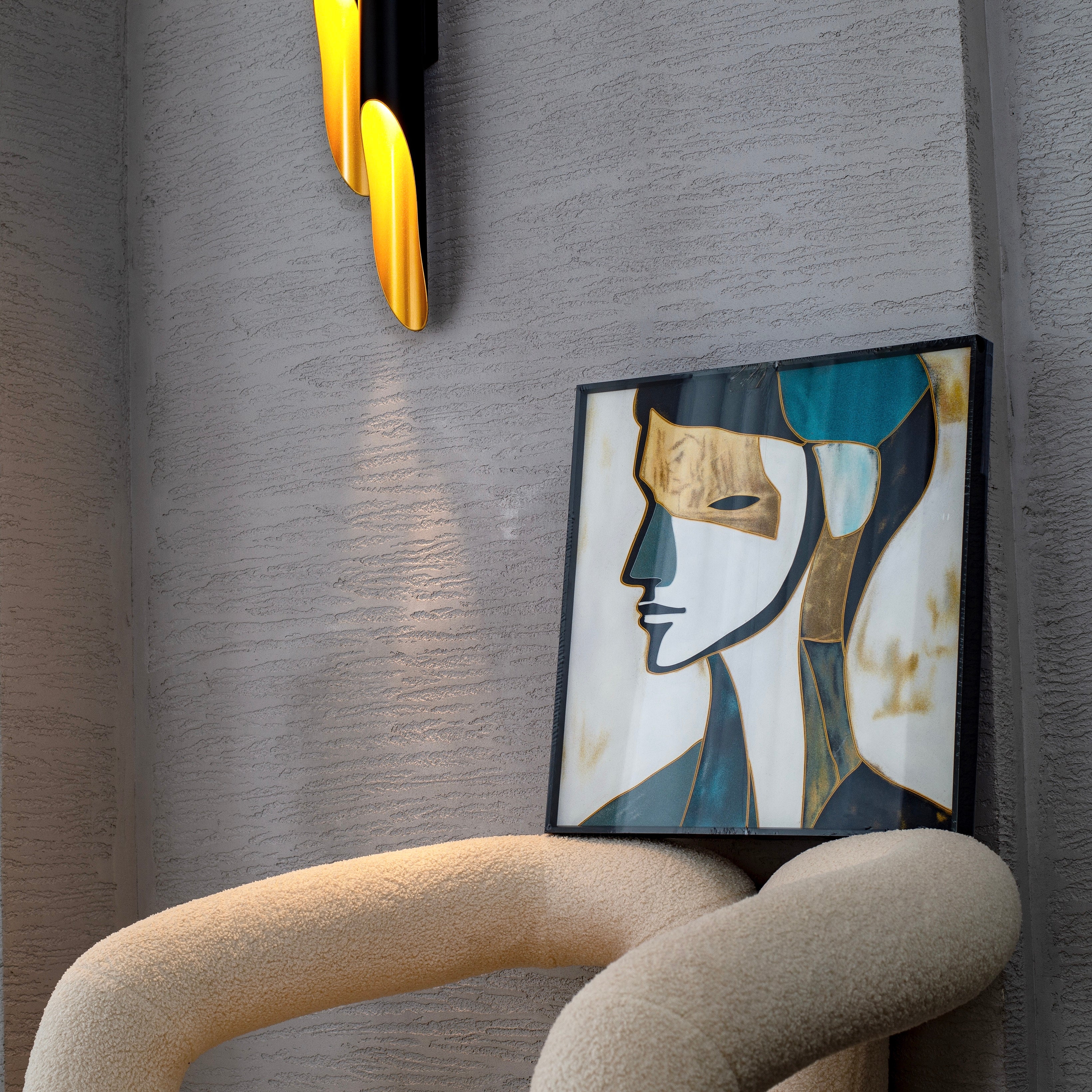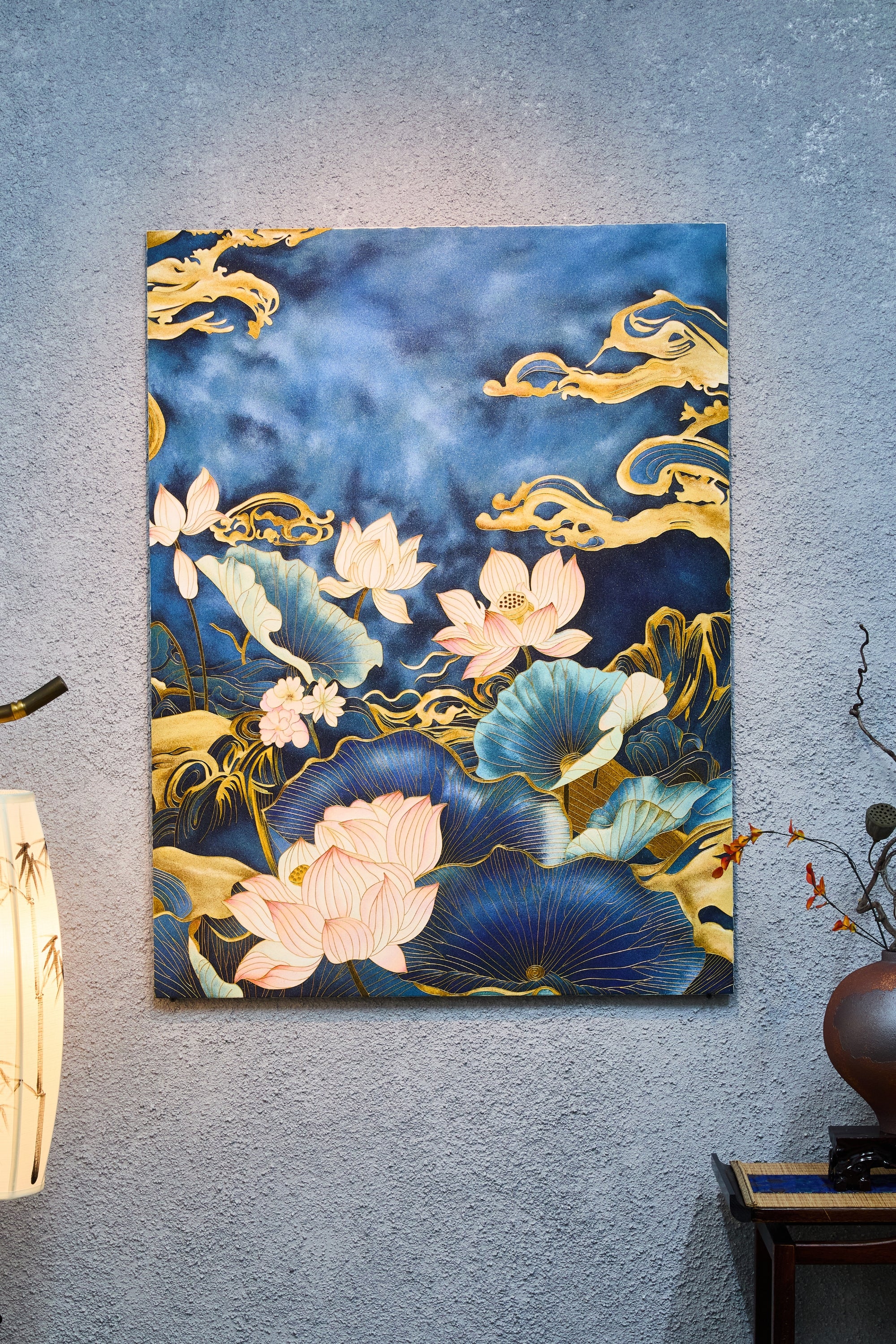
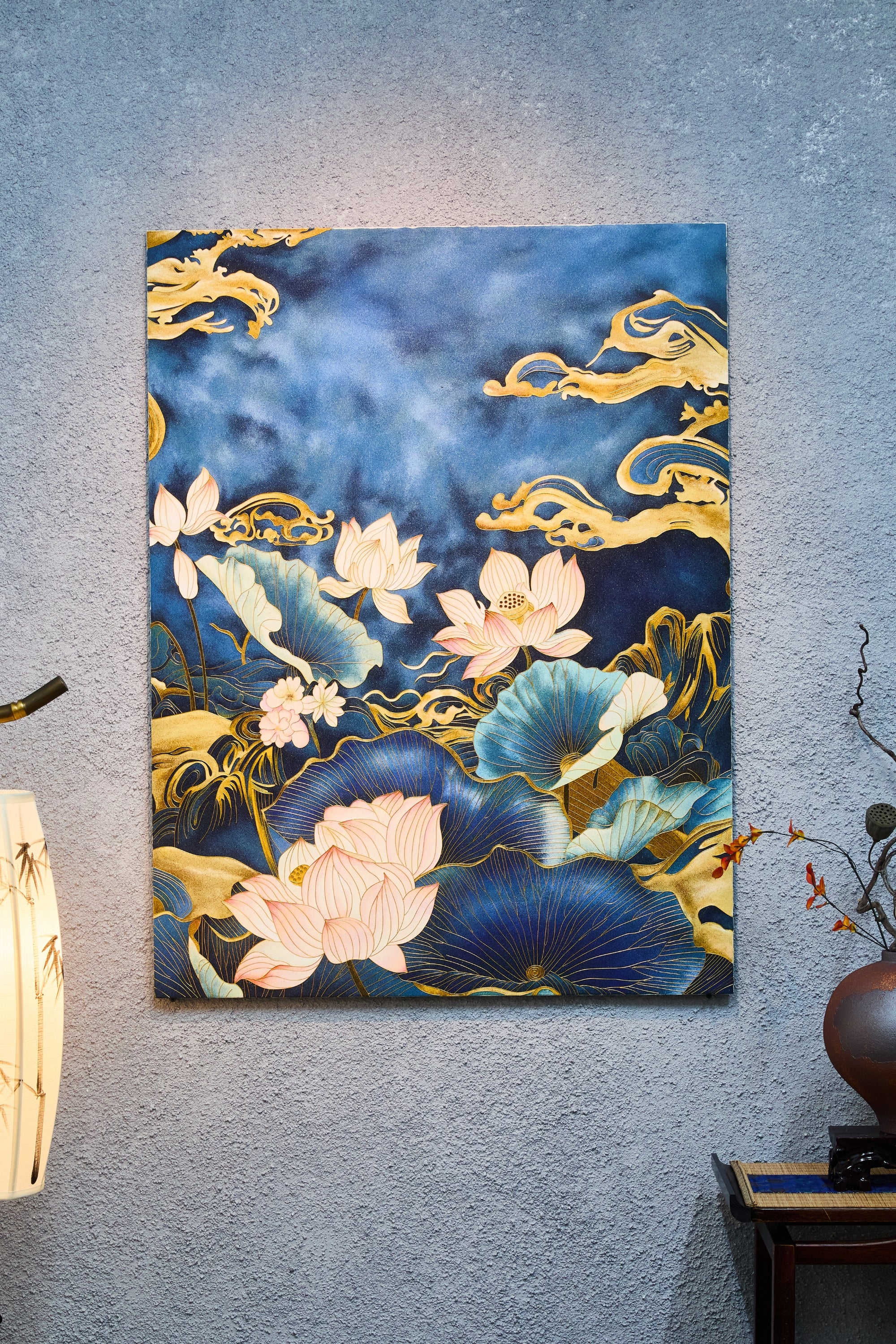
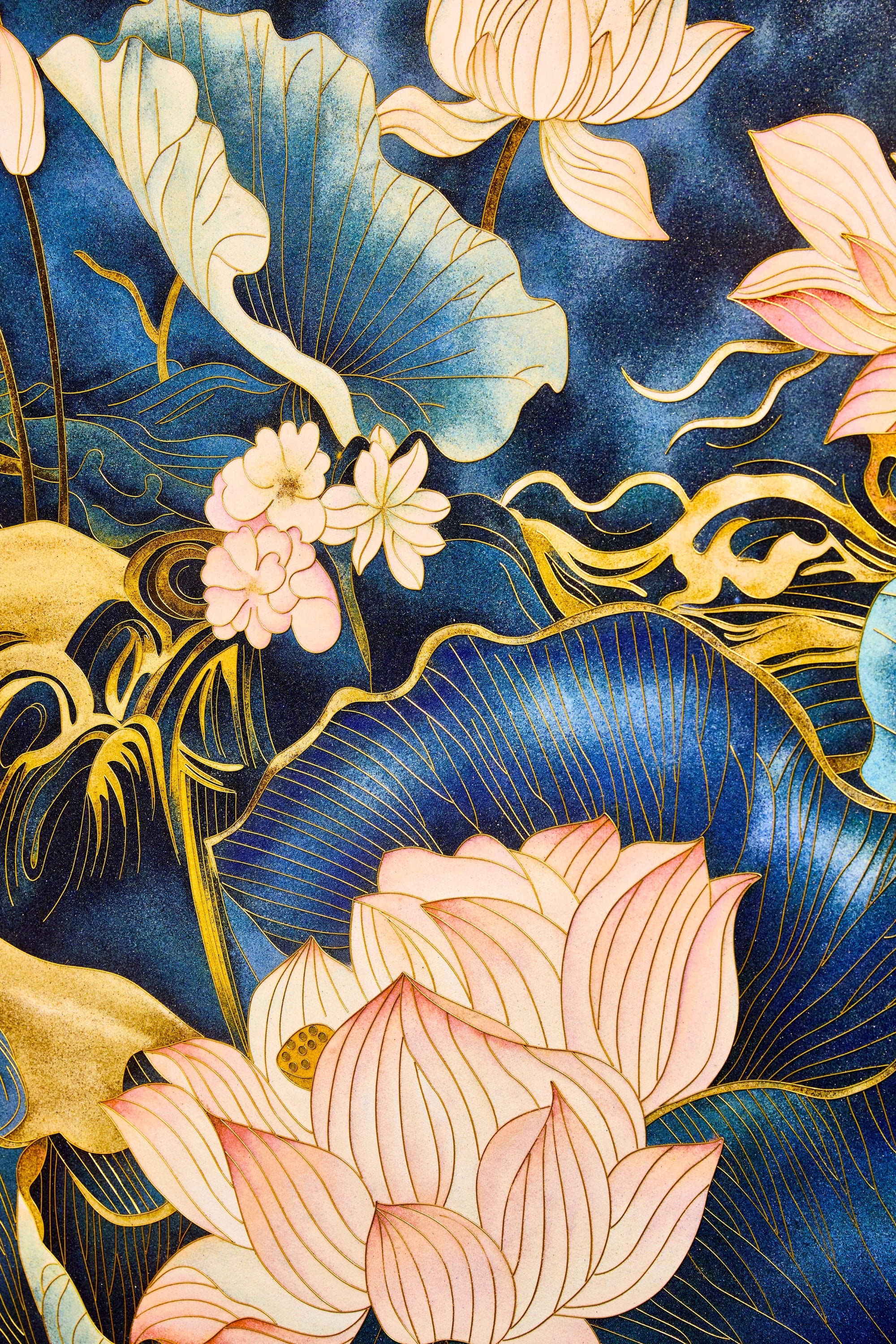
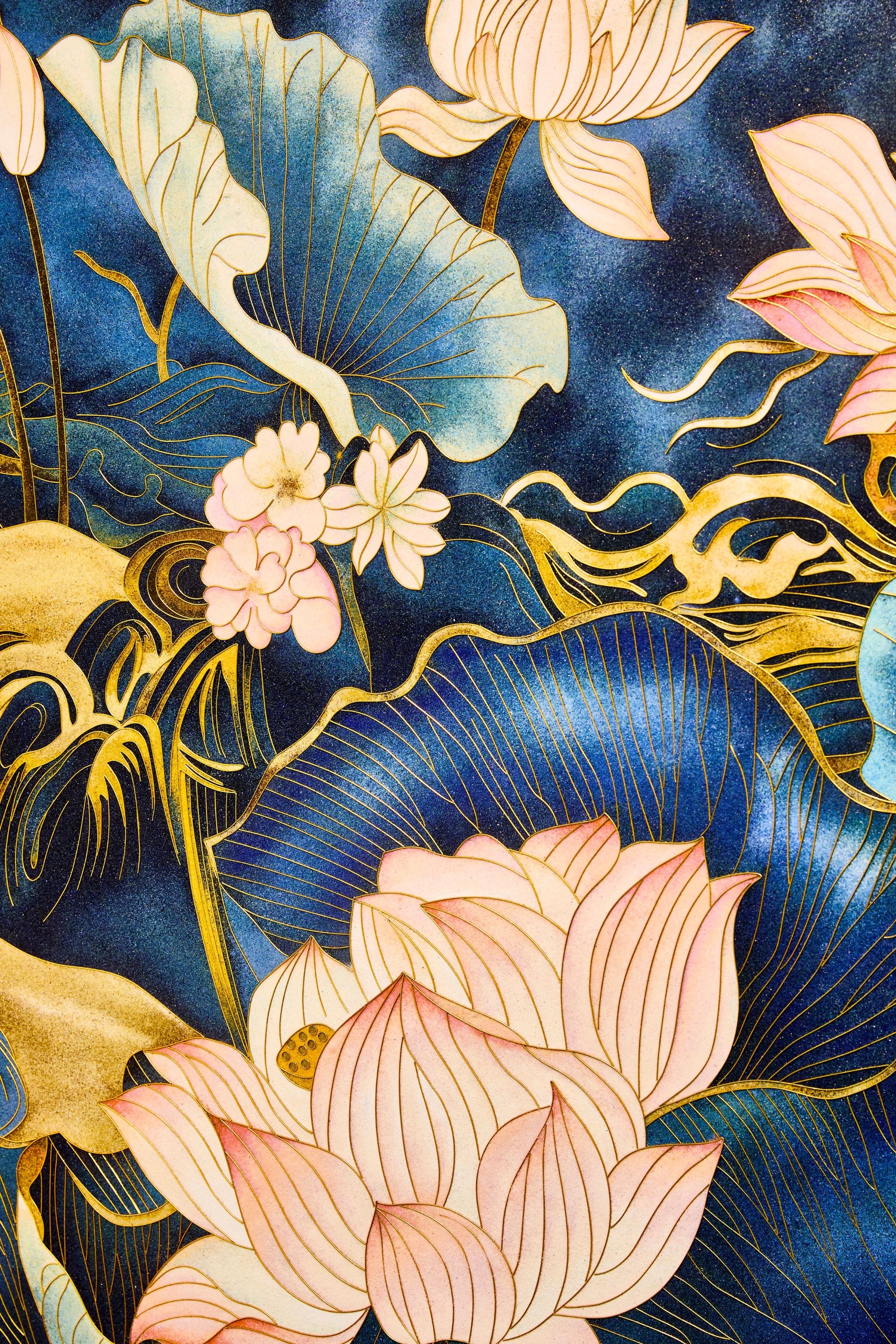
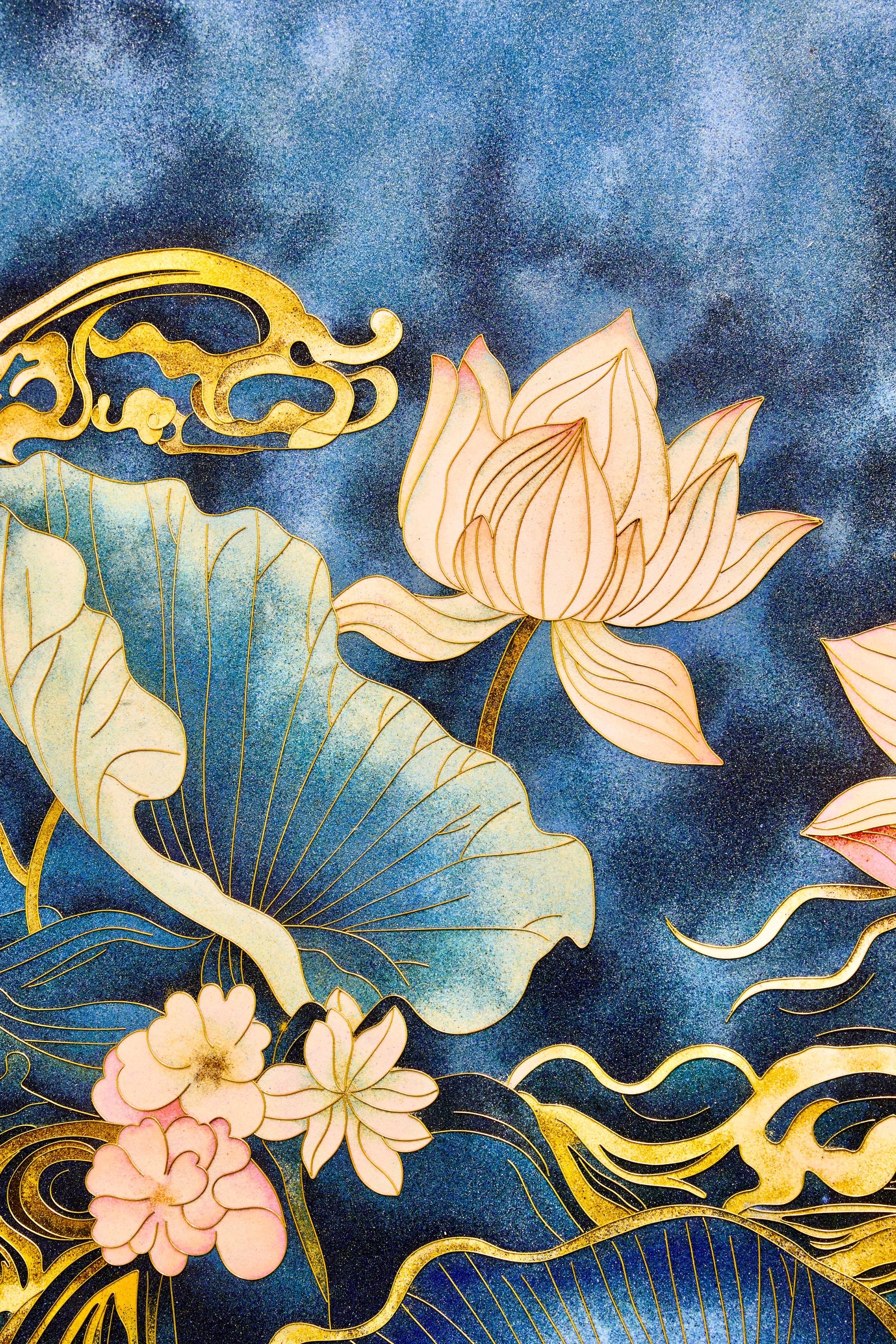
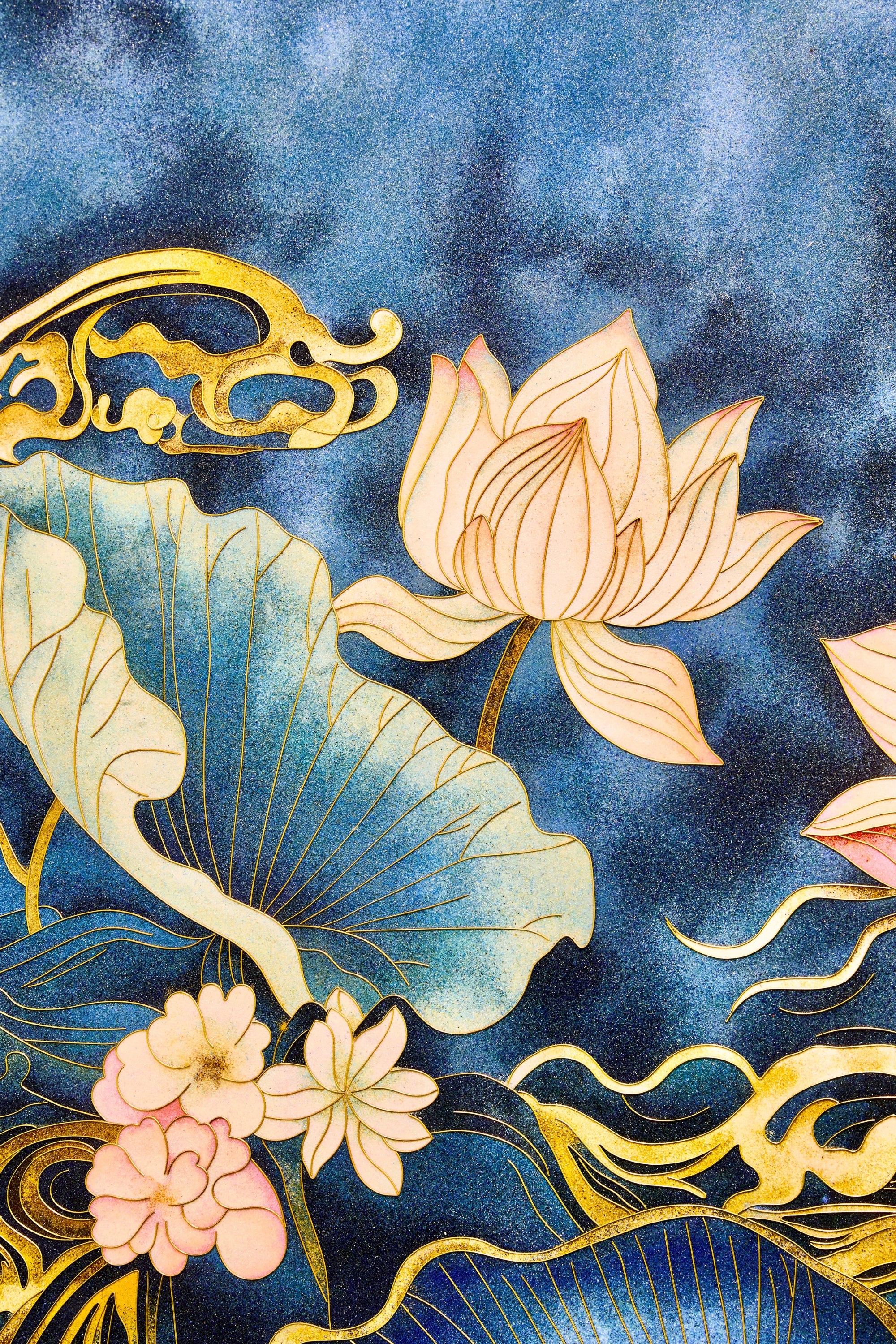


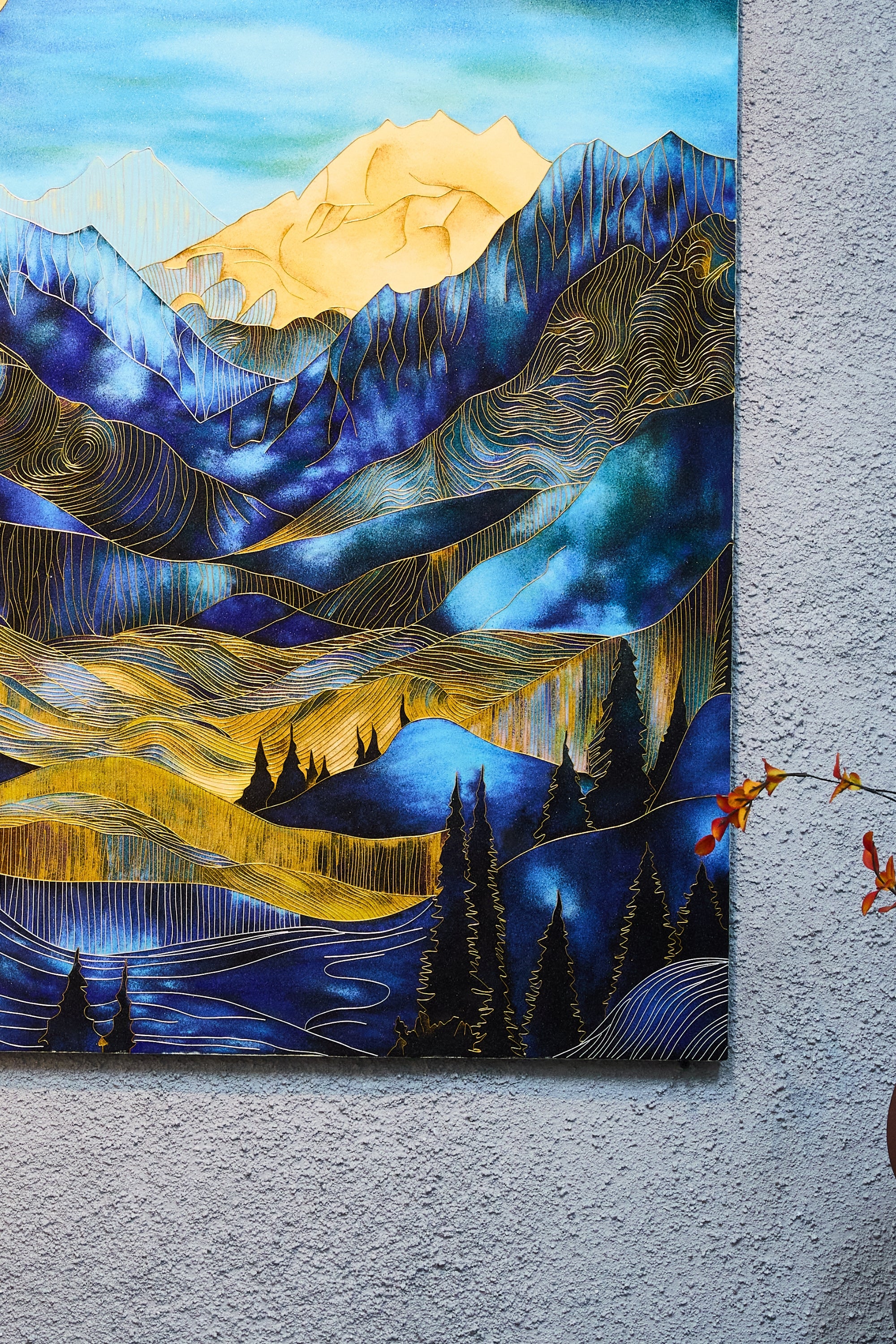
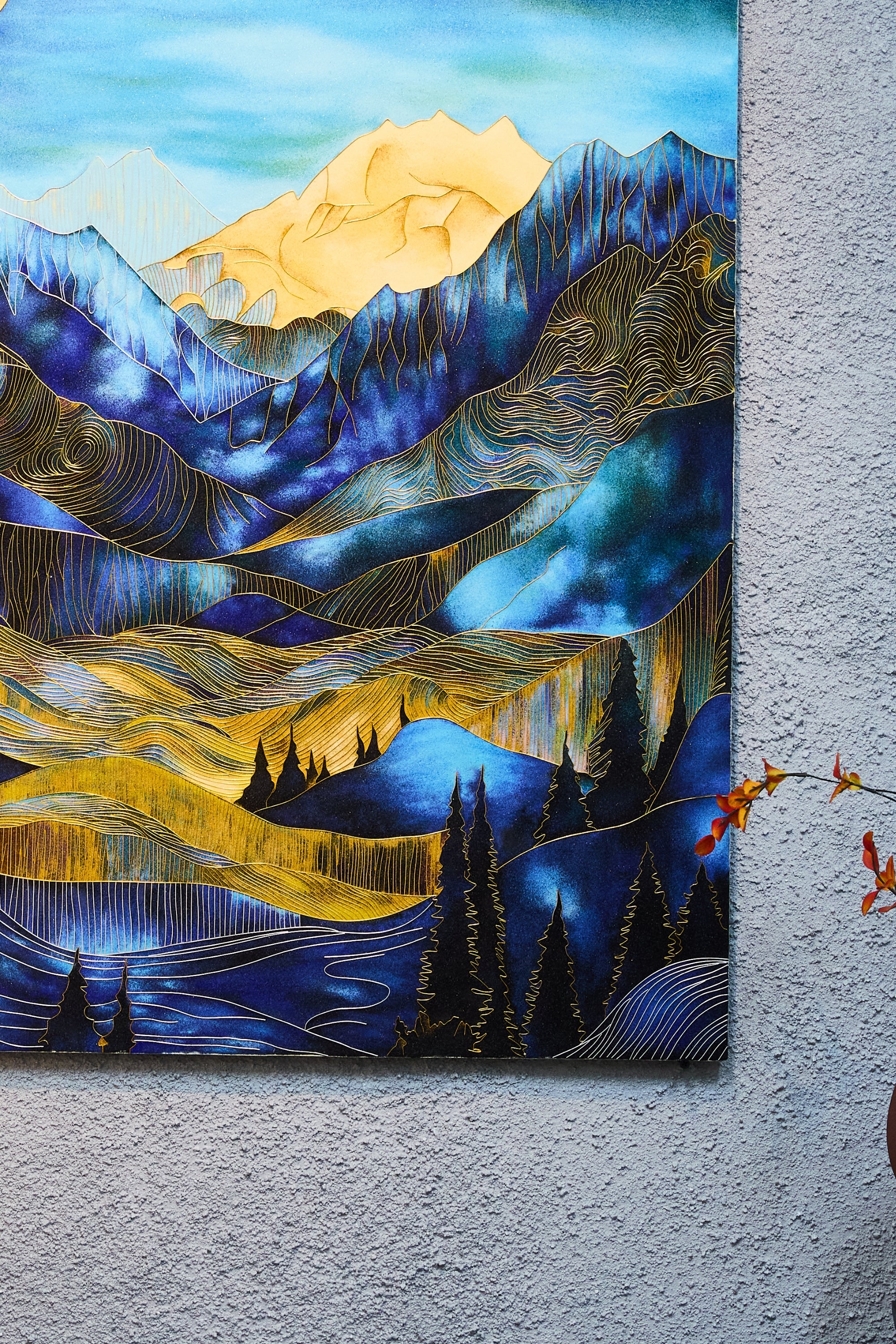
The Timeless Art of Chinese Cloisonné Enamel Painting
Steeped in over 600 years of history, JingtaiLan (景泰蓝), also known as Chinese Cloisonné Enamel, is one of the most exquisite and time-honored forms ofdecorative art. The name Jingtailan pays homage to Emperor Jingtai(1450–1457), during whose reign the cloisonné enamel technique reached perfection, with its iconic deep blue color becoming especially prized. Historically, cloisonné was reserved for imperial palaces, serving as a symbol of status, prosperity, and good fortune. Originally crafted into intricate vessels, ornaments, and ceremonial items, it wasn’t until modern times—particularly since the late 20th century—that Chinese cloisonné artists began applying this exquisite art form onto flat surfaces, creating luxurious decorative paintings that elegantly adorn contemporary interiors. Each piece, whether traditional or modern, remains a testament to the extraordinary skill and dedication of Chinese artisans.We call it Cloisonné enamel painting (掐丝珐琅画).
Cloisonné Enamel Painting: The Artisanal Process
Creating Cloisonné Enamel artworks involves an intricate series of traditional techniques, combining craftsmanship, artistry, and precision. Each step is meticulously executed by skilled artisans to produce elegant and luxurious decorative paintings.
Line Drawing
Printing or transferring the intended design onto the base surface. Skilled artisans then use pencils or fine outlining pens to carefully draw the linework, setting the foundation for the intricate cloisonné artwork to follow.
Apply glue
Artisans begin by applying glue along the sketched lines using a precision needle-tip applicator. The adhesive is carefully distributed section by section. Then, fine copper wires are manually shaped and inlaid onto the glued areas, following the outline of the design to form elegant and intricate patterns.
Wire Inlay (Cloisonné)
Fine copper wires are delicately bent by hand into a variety of intricate patterns, inspired by nature, auspicious symbols, and traditional motifs.
Enamel Filling
The process begins with thoroughly cleaning the finely ground mineral powders to remove impurities and ensure smooth texture. After this preparation, the colored enamel paste is carefully applied into each outlined space, creating a vibrant and consistent finish.
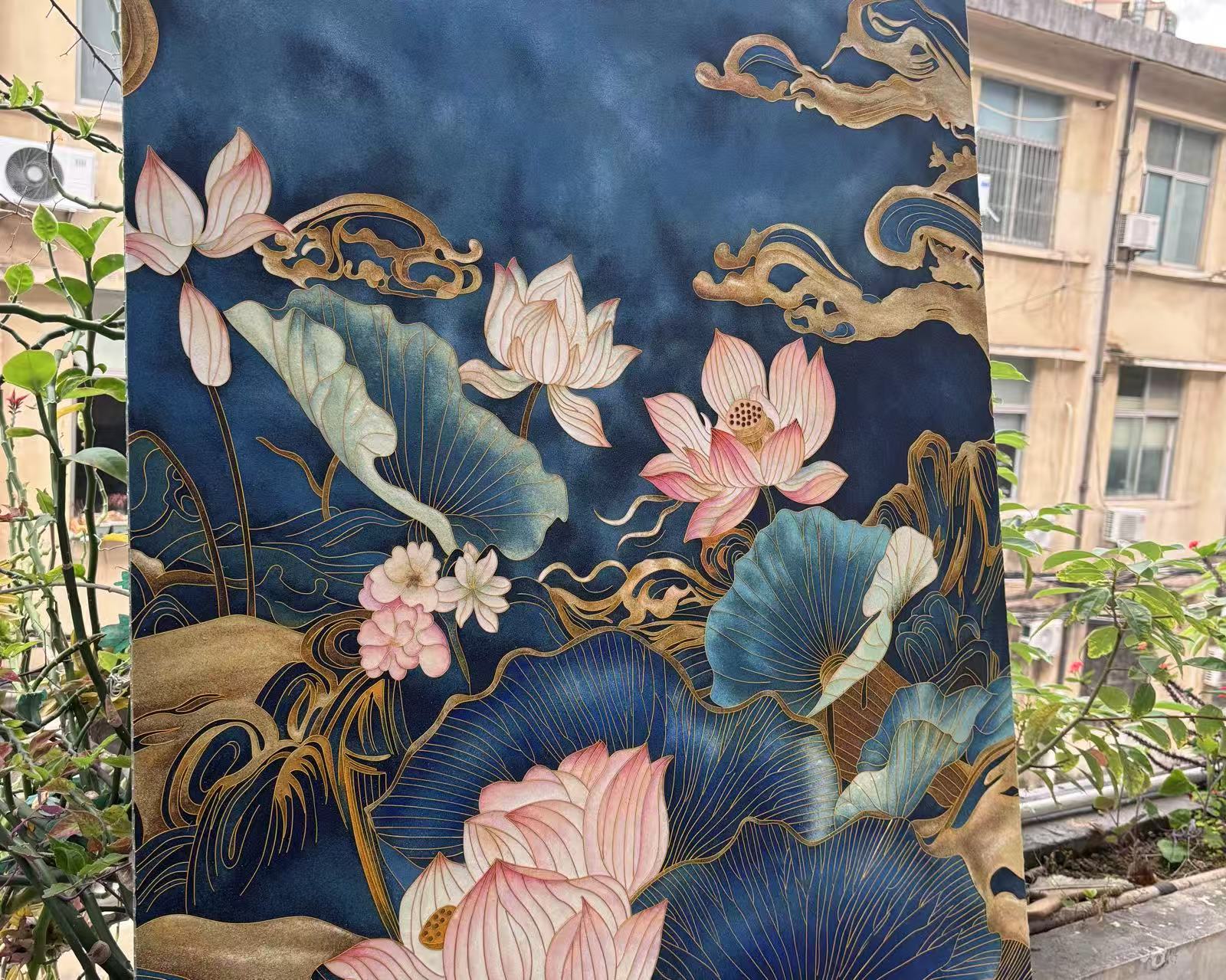
Drying and Stabilization
After spraying a protective isolation coating (laminating glue) over the surface, the enamel-filled artwork is carefully dried at approximately 25–100°C (77–212°F).This controlled drying process stabilizes the enamel, preparing the piece for polishing and finishing.
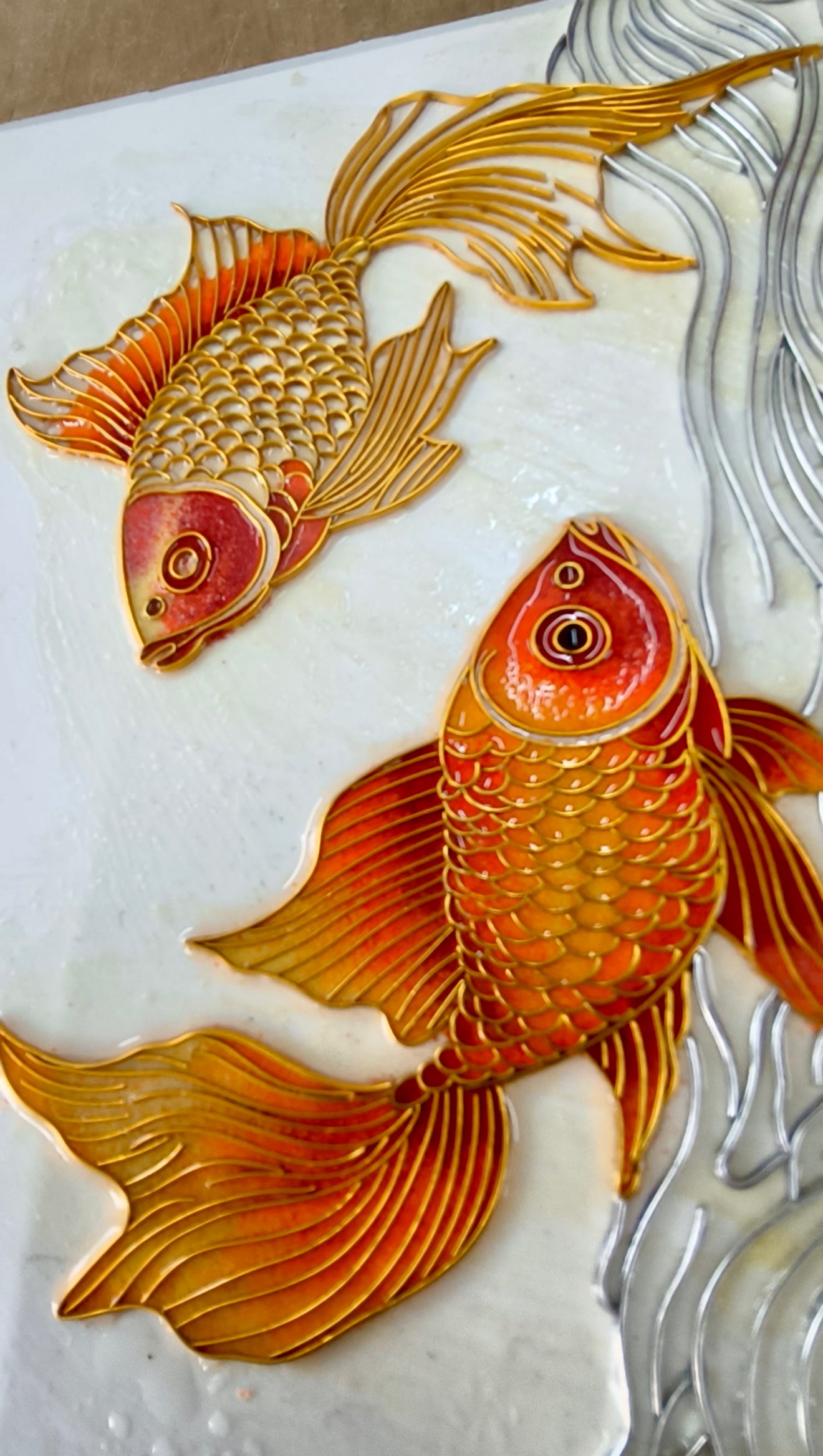
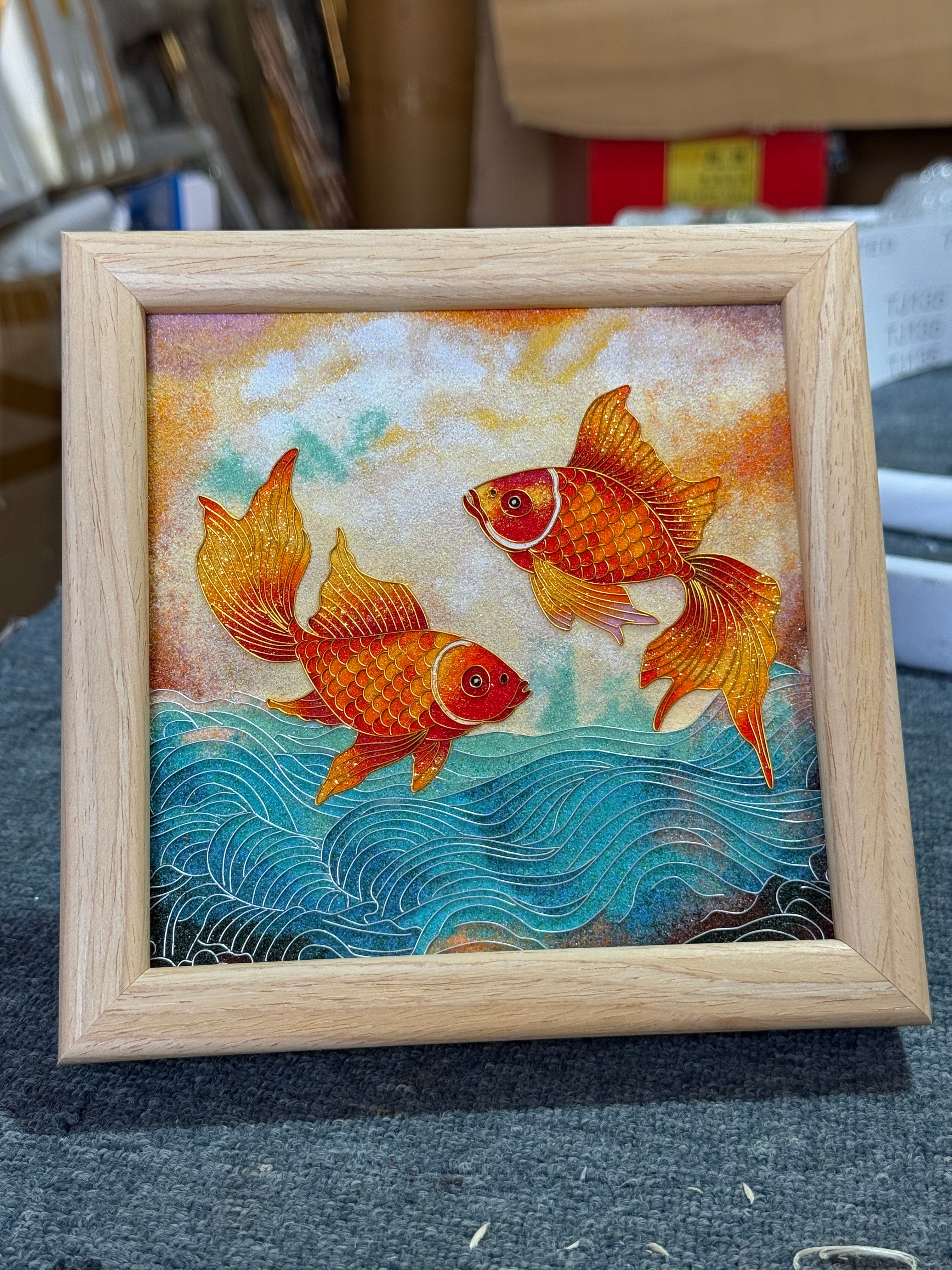
Intro Series
Miniature Elegance · Collector’s Intro Series
Discover Auralis Art’s Miniature Elegance Collection — a limited series of cloisonné enamel artworks crafted in smaller formats.
Each piece carries the same masterful craftsmanship and cultural symbolism as our one-of-a-kind paintings, yet offers a more accessible way to begin your journey as a collector.
Designed as an introduction to the art of enamel cloisonné, this series invites you to experience timeless beauty in an intimate, collectible form.

